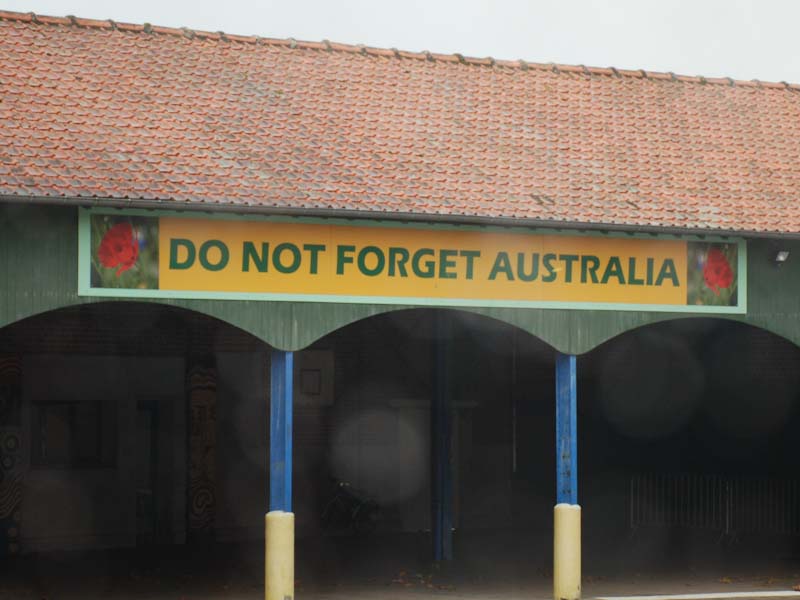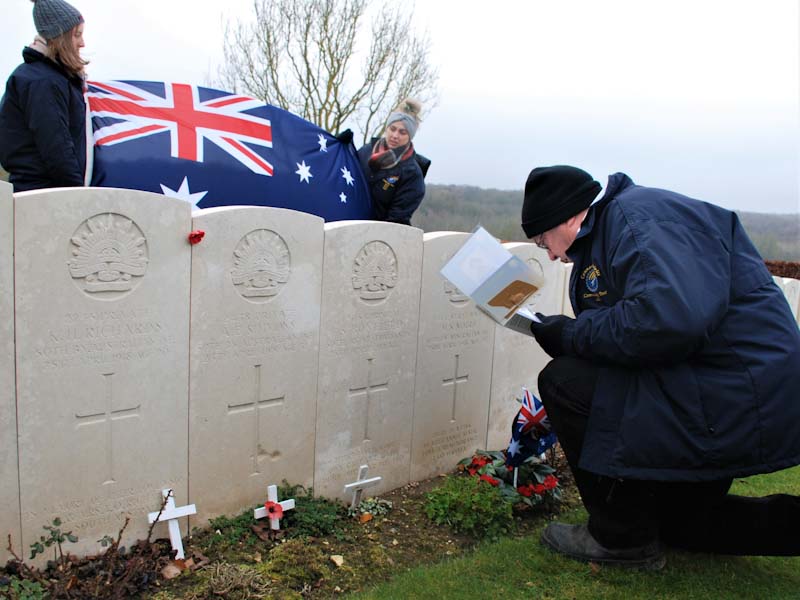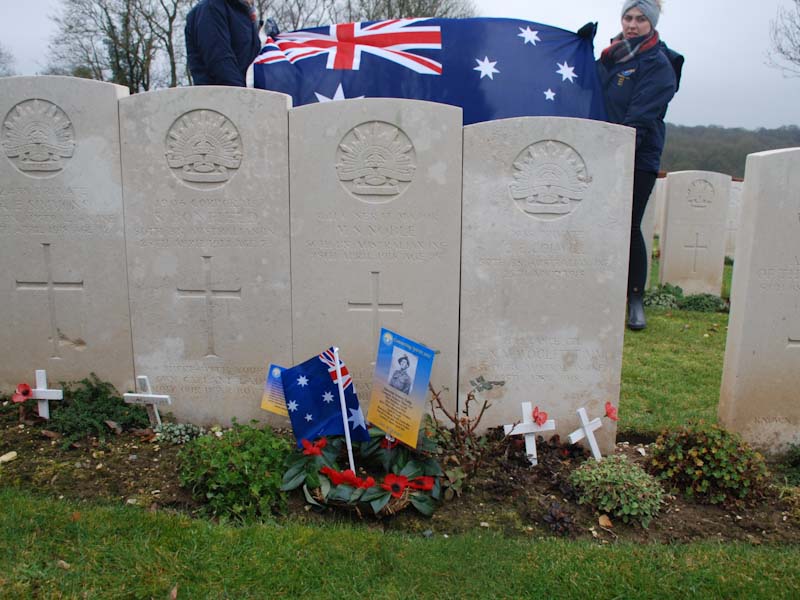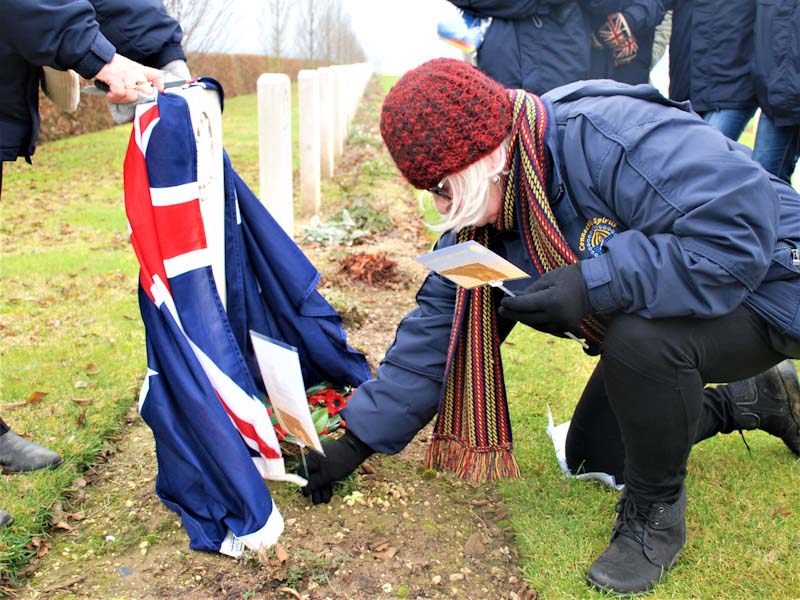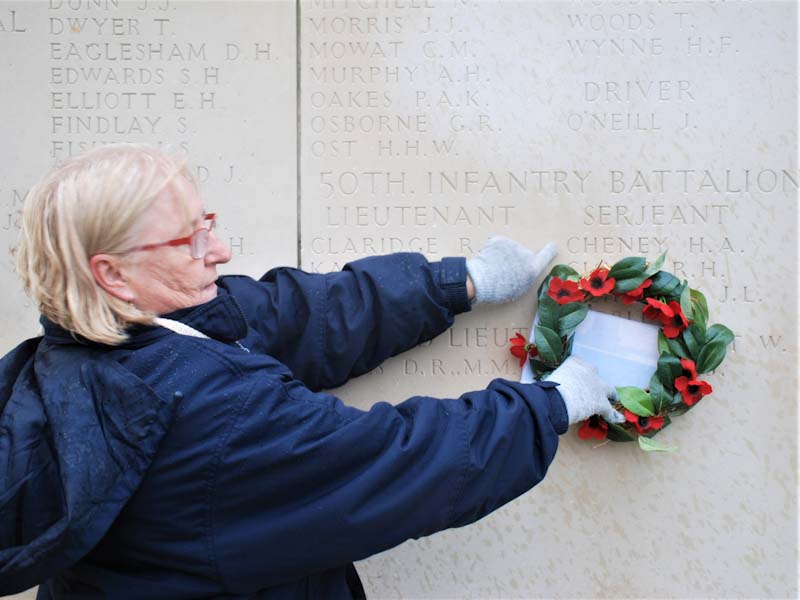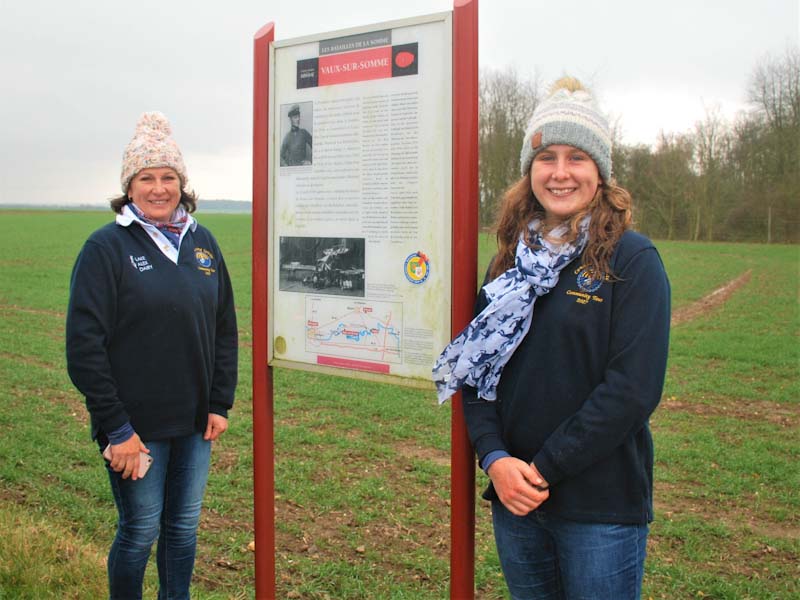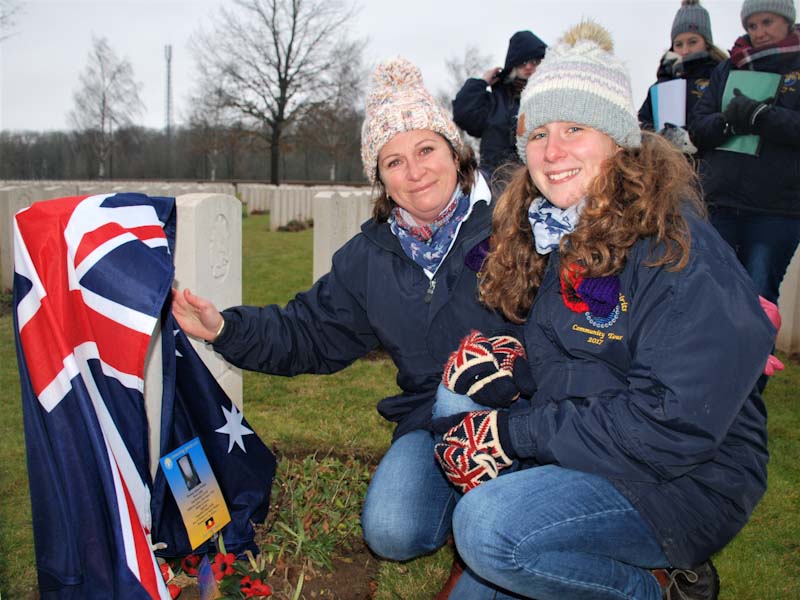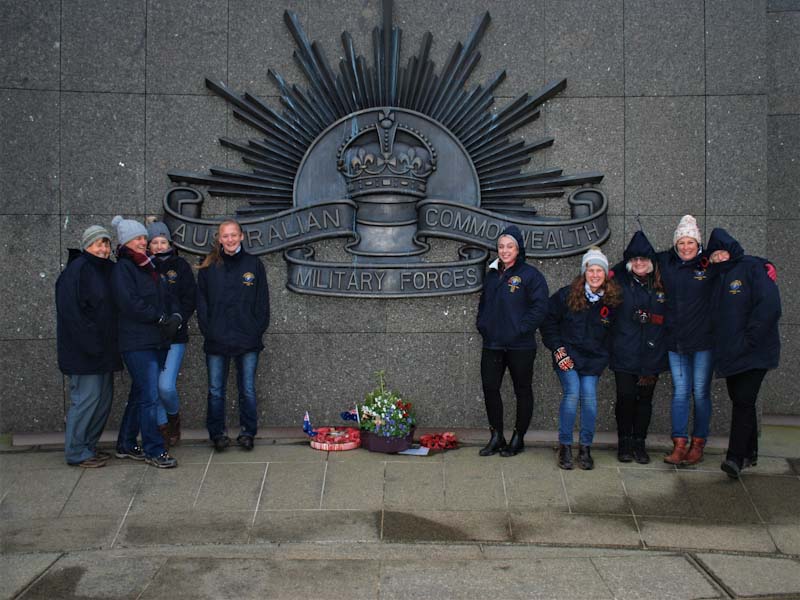December 7
Day 11 Villers-Bretonneux
We started today with a visit to the village of Villers-Bretonneux. This town has many connections for Australian visitors to the Western Front. It is where you will find the Australian National Monument which remembers over 10000 Australian soldiers who died in France but have no known grave. As of April 2018 it is the site of the Sir John Monash Centre, which is a museum and interpretive centre highlighting the Australian experience in World War 1. On the third anniversary of the landings at Gallipoli, Australian soldiers, along with British soldiers, recaptured the town from the Germans who had captured it on the 24th April. It was a daring counter-attack, master minded by the Brigadier-Generals Glasgow and Elliot, and, although costly, was successful in stopping the Germans from using this strategic point to launch artillery attacks on Amiens. After the war the children of Victoria collected pennies and these were donated to rebuild the school and the “Marie”, (town hall) of Villers-Bretonneux. Asa result of the bravery of those who fought there, and the generosity of the children in Australia, the town continues to celebrate its links with all things Australian. The school is called Ecole Victoria and there is huge sign in the school yard saying “Do Not Forget Australia”. In the assembly hall there are wooden carvings depicting Native Australian Wildlife. You can walk down Rue de Melbourne and Rue Victoria. There are Australian flags and “Boxing Kangaroos” in shop windows. You definitely feel welcome as an Australian in this community.
Above the school is a museum, which has recently been rebuilt with funds from the Australian government. Definitely worth a visit when you travel this way.
Our first commemoration for the day was in the Adelaide Cemetery which is on the Western edge of the town. I commemorated Moreton Stanley Noble on behalf of my colleague, Karin Rebner. Also in this cemetery is the original grave of Australia’s Unknown Soldier. In 1993 the remains of an unidentified Australian soldier were randomly selected from this cemetery and exhumed. They were then returned to Australia to be re-interred in the Hall of Memory in the Australian War Memorial in Canberra.
From here we made our way a few kilometres north the Villers-Bretonneux Military Cemetery and the Australian National Memorial where Jo commemorated Levi Thomas Durbridge and Julie remembered Henry Arundel Cheney. The memorial is located on a hill with commanding views of the surrounding countryside, which has obvious advantages, but it also catches all of the cold wind that whips through the area in early winter. It always seems colder here than anywhere else we visit. Rug up!!
From here we skipped across the Somme to visit the crash site of the “Red Baron”, the most famous German pilot of the First World War.
We then travelled to Heath Cemetery where Mel and Charlotte commemorated their friend, Derek Gollan’s grandfather, Thomas Walker, an Aboriginal man from NSW.
We turned back toward Amiens, stopping at the Monash Memorial at Hamel. On July the 4th 1918, Monash led and attack on the German lines which was a huge success. He had meticulously planned to utilise all of the resources that he had available, infantry, artillery, tanks and planes and used them in concert, some say for the first time in the war. Planes and tanks delivered supplied to front line fighters, reducing the need for working parties, making more fighting men available. Everything ran lie clockwork. He had planned for the attack to take 90 minutes, in the end it took 93. After this event the French President Clemenceau visited the Australian soldiers to congratulate them on their success, and Monash was knighted on the field by George V.
We the headed back to Amiens to a good hot meal and a warm bed.
